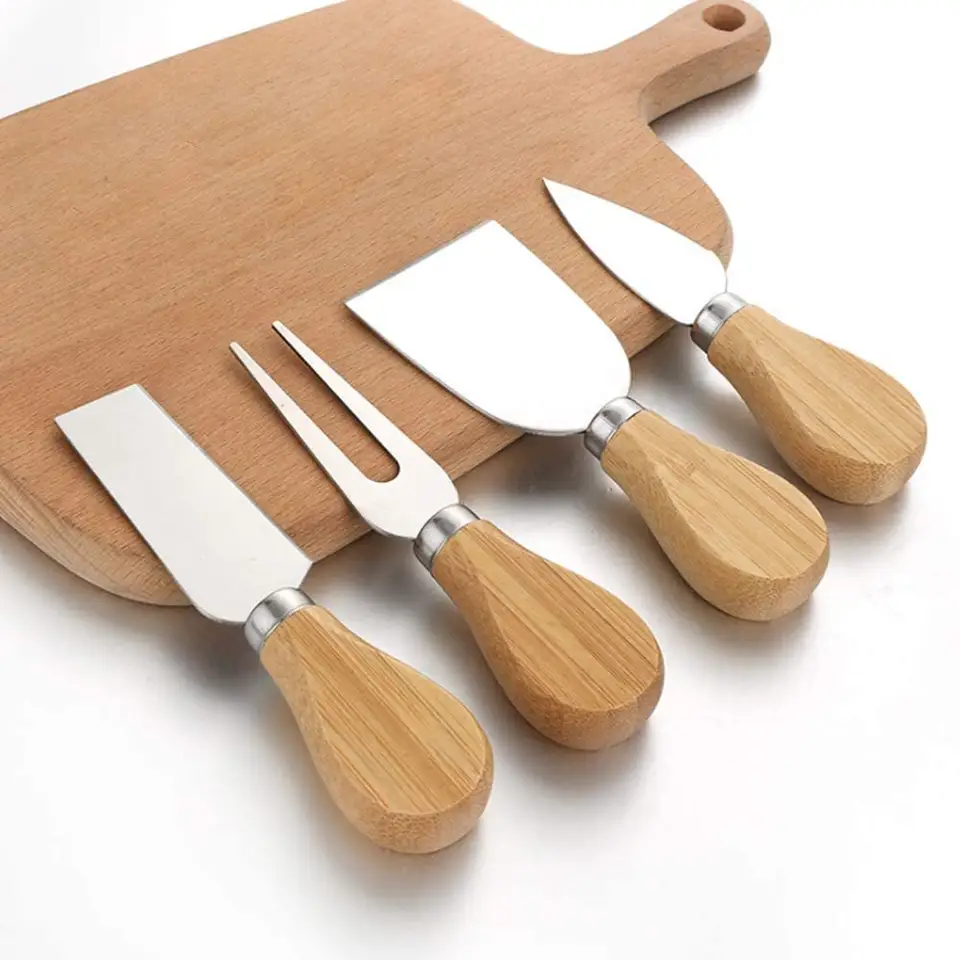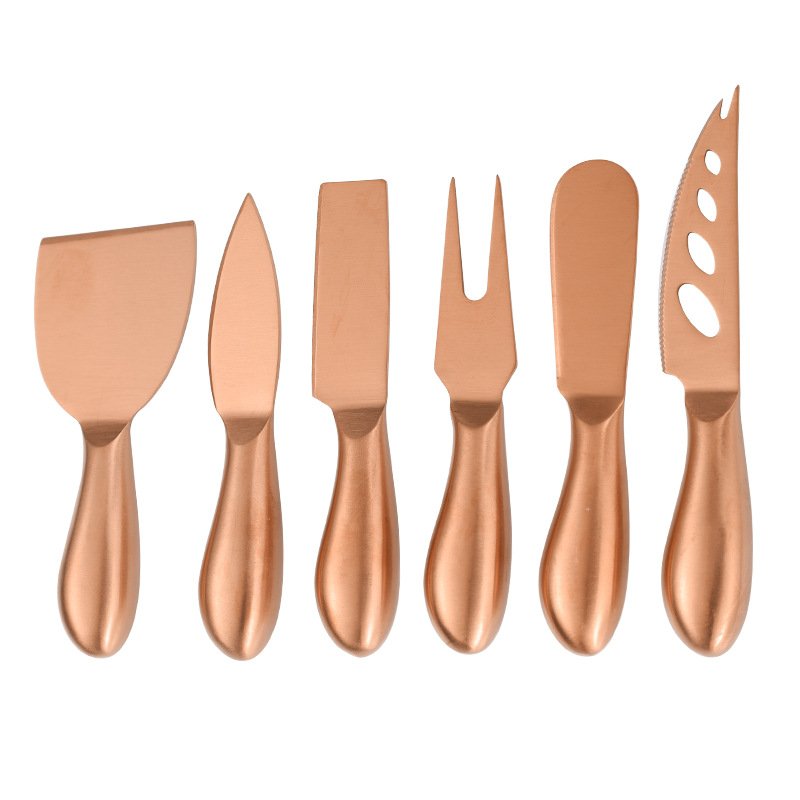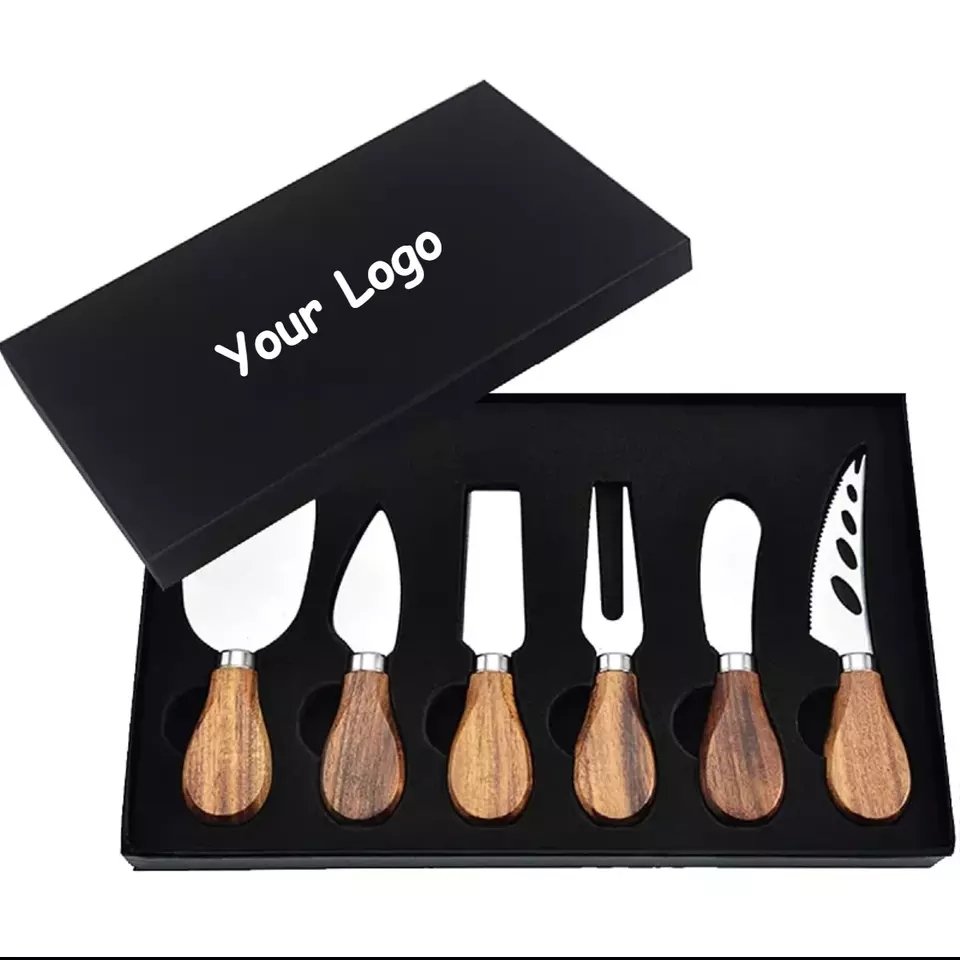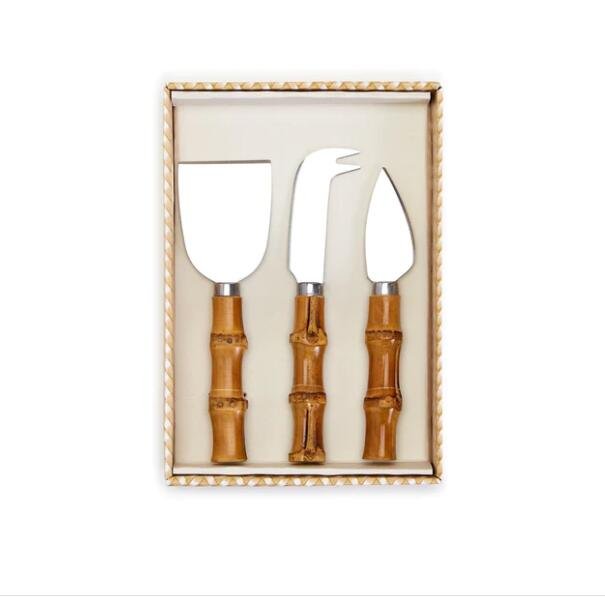Are you tired of receiving cutlery shipments that look great online but fail to meet your customers’ expectations?
To ensure top-tier stainless steel flatware in wholesale deals, always evaluate the material grade, craftsmanship, polish, and certification before placing large orders.
Even though stainless steel is a common material, not all stainless steel cutlery is created equal. As a long-time manufacturer in this field, I’ve seen how buyers can avoid common quality traps—and I’ll show you how.
Table of Contents
What should I look for when buying stainless steel cutlery?
Your last bulk purchase looked shiny in the catalogue, but turned dull and rusty after a month. Sound familiar?
When buying stainless steel cutlery, focus on the steel grade (like 18/10), construction quality, polishing process, balance, and third-party certifications.
Let’s break this down into key areas where many wholesale buyers—especially first-timers—make mistakes, and what I’ve learned over the years while helping global brands source durable, high-quality flatware.
1. Understand Steel Composition
There are three main grades you’ll commonly see:
| Grade | Chromium | Nickel | Rust Resistance | Shine | Typical Use |
|---|---|---|---|---|---|
| 18/10 | 18% | 10% | Excellent | High | Hotels, upscale restaurants |
| 18/8 | 18% | 8% | Very good | Medium | General dining use |
| 18/0 | 18% | 0% | Basic | Low | Budget markets, canteens |
> **Tip:** Always ask your supplier for a composition certificate. It should mention nickel and chromium percentages clearly.
2. Examine Weight and Balance
Good cutlery has a comfortable weight. Not too heavy, not too light. Balance matters, especially for knives and forks. Poor weight distribution often points to shortcut manufacturing.
| Feature | What It Means | How to Test |
|---|---|---|
| Weight | Heaviness suggests better material or full-tang handle | Hold in hand and compare with others |
| Balance | Equal distribution between handle and head | Place on your finger at midpoint |
3. Inspect Surface Polish
Look at how the piece reflects light. A high-quality polish should be mirror-like with no cloudy or patchy areas. Poor polishing not only looks bad, but also signals low surface protection.
4. Check for Certifications
Certifications like **LFGB**, **FDA**, and **DGCCRF** aren’t just paperwork. They show the product passed health and safety standards in global markets.
| Certification | Region | What It Proves |
|---|---|---|
| LFGB | Germany | Food safety and material purity |
| FDA | USA | Non-toxicity and safety under heat |
| DGCCRF | France | Material origin and compliance |

How do you know if you are purchasing quality flatware?
You thought you got a good deal—until customers complained about rust and sharp edges. That hurts both your margins and your reputation.
You know you’re purchasing quality flatware when the material grade is clearly certified, the surface finish is mirror-polished, and each piece feels well-balanced in hand.
So how can you *really* know—without relying solely on the supplier’s words or pretty photos?
Verifying cutlery quality in real-world scenarios
Let me walk you through how I guide my clients—especially first-time importers—in verifying flatware quality before making large wholesale commitments.
1. Material Verification: Go beyond labels
Don’t just trust “18/10” on the listing. Ask your supplier to provide:
Here is the information in a traditional table format:
| Verification Type | Purpose | What to Request |
|---|---|---|
| Mill Test Report (MTR) | Confirms steel grade and chemical makeup | Official material certificate from mill |
| Third-Party Lab Test | Validates safety and compliance | Reports from labs like SGS or Intertek |
| Spark Testing / XRF Analysis | Verifies alloy content on-site | Photos or videos of the testing process |
| Verification Method | Purpose | What to Ask For |
|---|---|---|
| Mill Test Report | Confirms composition of steel | PDF with batch number |
| Third-Party Lab Test | Confirms safety, corrosion resistance | Lab logo, client name, date |
| On-site Factory Video | Confirms real production | Ask for a walkthrough of polishing, packaging |
I’ve helped multiple clients avoid disaster by simply requesting these before shipping.
2. In-Hand Testing: Trust your touch
No certification can replace physical feedback. Order samples and check:
| Factor | What to Do | What to Expect |
|---|---|---|
| Weight | Weigh on kitchen scale | Knife: 80–120g is ideal |
| Edges | Rub fingers along rim | No sharpness or burrs |
| Finish | View under natural light | Mirror-like, not cloudy |
3. Batch Consistency Checks
High-quality factories maintain consistency across batches. Ask for:
– Three to five sample pieces from different production batches
– Photos of incoming raw materials and inspection logs
– Packing list with batch codes to match samples
When clients skip this step, they often get mixed-quality items—even from big suppliers. I always remind them: consistent quality means consistent customer satisfaction.
What is the stainless steel flatware considered to be top quality?
Many suppliers will claim their flatware is “top grade.” But what does that actually mean in real use?
Top-quality stainless steel flatware is made from 18/10 steel, forged or full-tang construction, mirror-polished, and compliant with international food safety standards.
That sounds technical—but don’t worry. I’ll help you decode what “top quality” really looks like when your business is depending on it.
What separates the best from the rest?
There’s no single certificate that guarantees you’re getting the best. You need to evaluate across *three key dimensions*: material, construction, and finishing.
1. Premium Materials and Their Impact
18/10 stainless steel is considered the gold standard. Here’s why:
| Grade | Nickel % | Benefits | Risk if Absent |
|---|---|---|---|
| 18/10 | 10% | Rust resistance, gloss, weight | Rust, dull look, brittle feel |
| 18/8 | 8% | Acceptable for most uses | Slightly lower corrosion resistance |
| 18/0 | 0% | Nickel-free for allergies | Rust-prone, matte appearance |
Nickel improves resistance to corrosion and enhances surface brightness. But it’s also more expensive—so suppliers often cut corners.

2. Forged vs. Stamped Flatware
This is where true quality reveals itself:
| Construction Type | Pros | Cons |
|---|---|---|
| Forged | Solid, durable, heavy | Costly, time-consuming |
| Stamped | Lightweight, cheaper | Less durable, can bend |
| Full-tang Knives | Blade extends through handle | Stable, well-balanced |
> **Note:** Forged knives have better edge retention and feel much more premium when held.
3. Personal Story: A Lesson from a Turkish Buyer
One of my longtime clients, Lisa from Turkey, once placed a trial order from a different supplier just because the price was lower. The product *looked* fine in photos, and the description mentioned “high quality stainless steel.”
When the goods arrived, they were made of 18/0 steel. Within three weeks of shelf display, some forks started showing brown spots. Her retailer returned 70% of the stock, and she was furious. That’s when she came back to me and said:
> “Wendy, it turns out *your* high polish and proper nickel content really matter. I was just blinded by pricing.”
Since then, Lisa insists on random lab testing before every bulk order—and we build that into our contract. That’s what I call mutual growth through shared lessons.
What is the best grade of stainless steel flatware?
You’ve seen labels like 18/0, 18/8, and 18/10—but which one should you choose for your wholesale business?
The best grade of stainless steel flatware is 18/10, offering the highest resistance to rust and maintaining a polished appearance over years of use.
Let’s unpack why 18/10 continues to dominate the top tier of the market—and how choosing it strategically can boost your brand image and reduce after-sales problems.
Why 18/10 stainless steel is the industry benchmark
Choosing the best grade isn’t just about shiny surfaces. It’s a strategic decision that affects long-term durability, brand perception, and return rates.
1. Grade Breakdown: What 18/10 Really Means
| Grade | Chromium Content | Nickel Content | Key Benefits |
|---|---|---|---|
| 18/10 | 18% | 10% | Top-tier corrosion resistance, mirror polish |
| 18/8 | 18% | 8% | Slightly less protection, decent shine |
| 18/0 | 18% | 0% | Affordable, but poor rust resistance |
Nickel is the game-changer here. It stabilizes the microstructure of stainless steel and helps it withstand acidic environments like dishwashing detergents or lemon-based sauces.
> **Fun Fact:** Some European chefs swear by 18/10 not just for quality, but because it feels more premium to diners. It’s part of the fine-dining experience.
2. Heat Treatment & Knife Edge Retention
When dealing with knives, it’s not just about grade. Heat treatment plays a crucial role.
– 18/10 steel can be hardened better than 18/0, making it ideal for durable, sharp knife edges.
– If a supplier uses 18/10 but skips proper tempering, your knife may still dull quickly.
So, grade + process = final result.
3. Personal Story: From Returns to Reputation
A German client, Jacky, runs a mid-sized cutlery brand. Two years ago, he was sourcing 18/0 to cut costs. Customers liked the design but started returning sets within six months due to rust. His return rate spiked to 12%.
He reached out to me for help. I recommended switching to 18/10 for core SKUs, especially in the knife-heavy collections. We co-developed a sample line, added internal QC checkpoints, and even did a blind test at his annual trade show.
The result? Within one year:
– Return rate dropped below 2%
– He gained two new B2B clients who saw the improvement
– His brand’s Google rating went from 3.7 to 4.6
He told me: “It’s strange how invisible changes in material made such a visible impact on my brand’s image.”
Choosing the right stainless steel flatware isn’t just about specs—it’s about understanding how quality choices ripple through your entire business.






